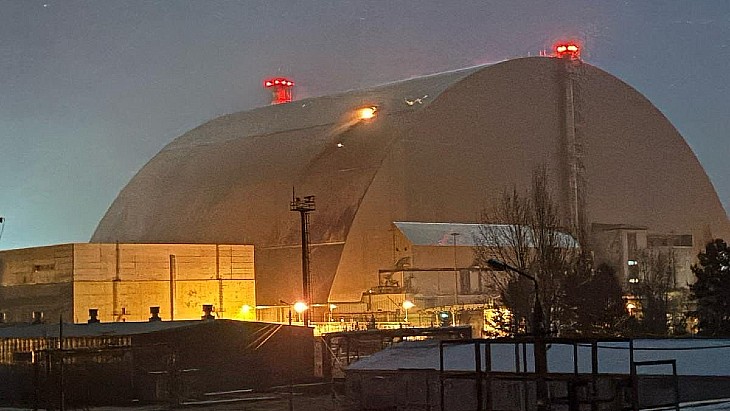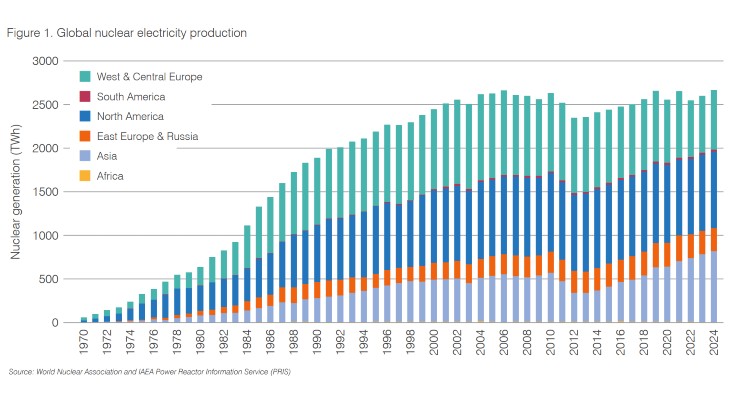The situation at the stricken Fukushima Daiichi nuclear power plant should be brought under control within six to nine months, according to a roadmap of the plant's restoration drawn up by plant owner Tokyo Electric Power Co (Tepco).
 |
| The damaged Fukushima Daiichi plant (Image: Tepco) |
Under the plan, Tepco aims for a steady decline in radiation levels at and around the plant. The company expects to achieve this in about three months. Within three to six months after that, Tepco aims to have the release of radioactive materials under control and for the radiation dose to be "significantly held down." However, the company warned that the target achievement dates are tentative and that "there will still be various uncertainties and risks."
In order to achieve the first objective – reducing radiation levels – Tepco said that it is "critical" to prevent hydrogen explosions inside the primary containment vessels of units 1, 2 and 3. In addition, it must prevent any further release beyond the site boundary of highly-contaminated water from unit 2, whose primary containment vessel is damaged. Tepco aims to seal the containment vessel of unit 2. To cool the reactors, the company plans to continue injecting fresh water into the containment vessels of units 1 to 3. This raises the risk of steam condensation, which could trigger further hydrogen explosions, so Tepco will also inject nitrogen gas into the containment vessels to mitigate this. The company said that it will ensure that water levels within the reactors are maintained above the top of the fuel assemblies. It will also set up heat exchangers to remove heat from the reactors. In the second phase of the plan, Tepco aims to achieve cold shutdown - where coolant water is at less than 100ºC - in units 1 to 3.
With regards the used fuel pools at Fukushima Daiichi, during the initial phase of the plan, Tepco aims to enhance the reliability of water injection into the pools and restore the coolant circulation systems. Later, it aims to establish remote control of water injection operations, as well as installing heat exchangers in the pools. A supporting structure is also planned for the used fuel pool at unit 4, where the walls of the building supporting the pool have been damaged. In the longer term, Tepco will remove all the used fuel from the pools at each of the units.
Tepco said that over the next three months it will install storage and processing facilities for contaminated water to prevent it being released out of the site boundary. It will later expand these storage and processing facilities, as well as introducing a decontamination facility that would allow contaminated water to be reused for cooling purposes.
The company has begun removing debris from around the reactors and has been spraying an inhibitor to stop the dispersal of radioactive dust from the site. Tepco said it will continue these activities and plans to install covers over the damaged reactor buildings to prevent the release of radioactive materials. These could be replaced or augmented later with more permanent structures over the reactors.
Tepco said that it will expand and enhance radiation monitoring activities both on site and in the surrounding evacuation area. Once radiation levels have dropped, the company will begin work on decontaminating and monitoring properties within the area to enable residents to return.
Tepco said that it will announce when key targets have been achieved, or when revisions to targets or timescales become necessary.
Researched and written
by World Nuclear News












